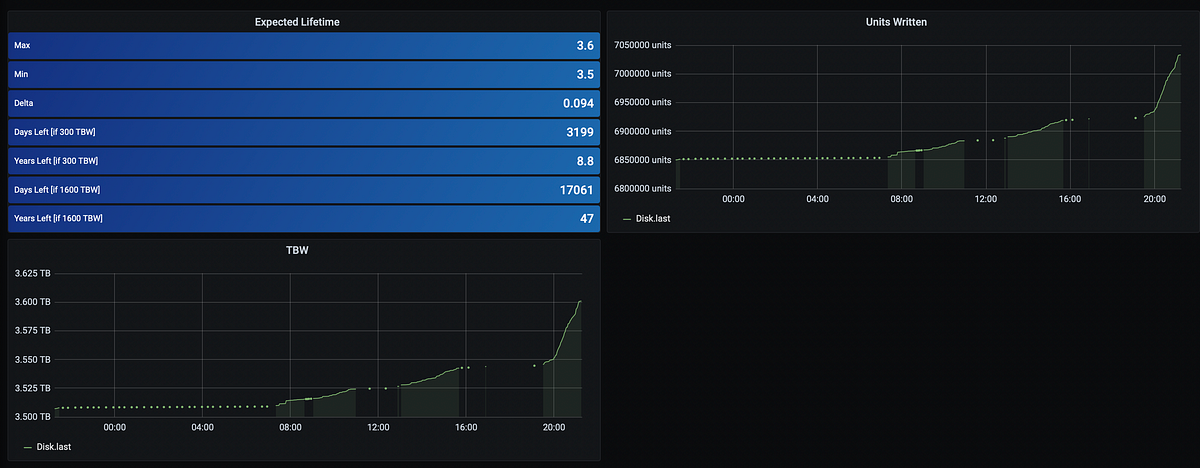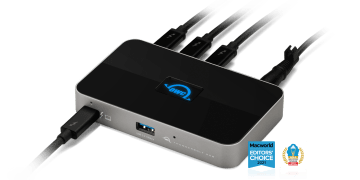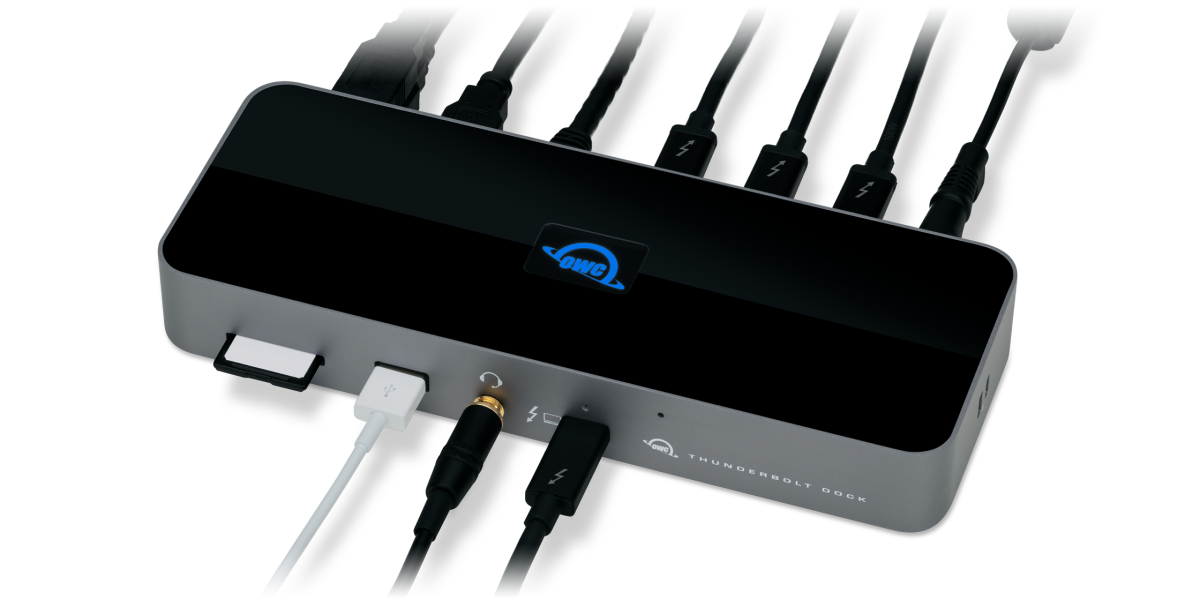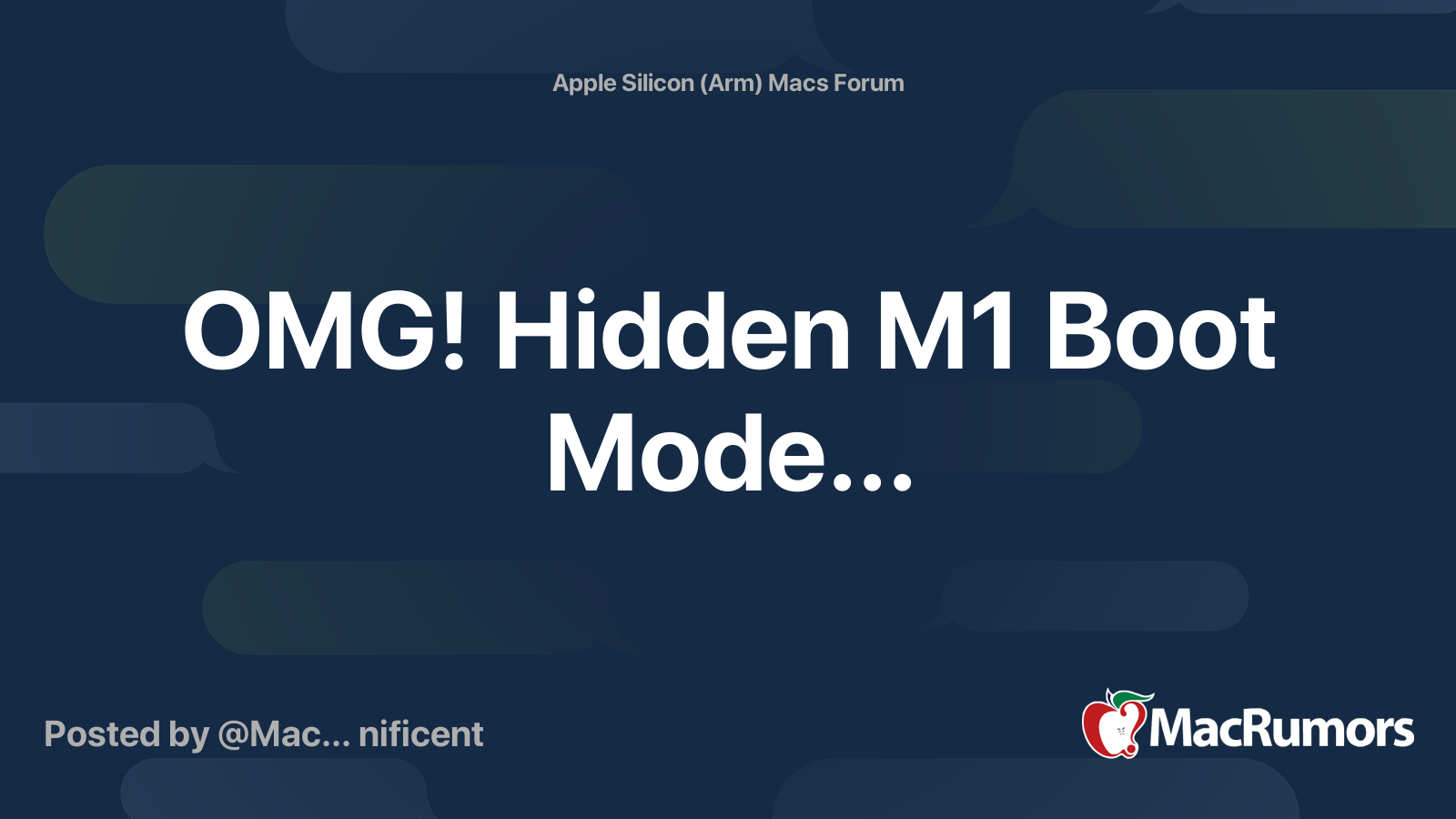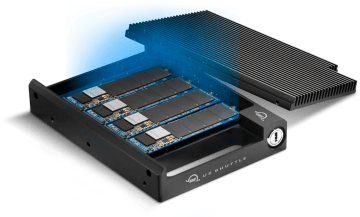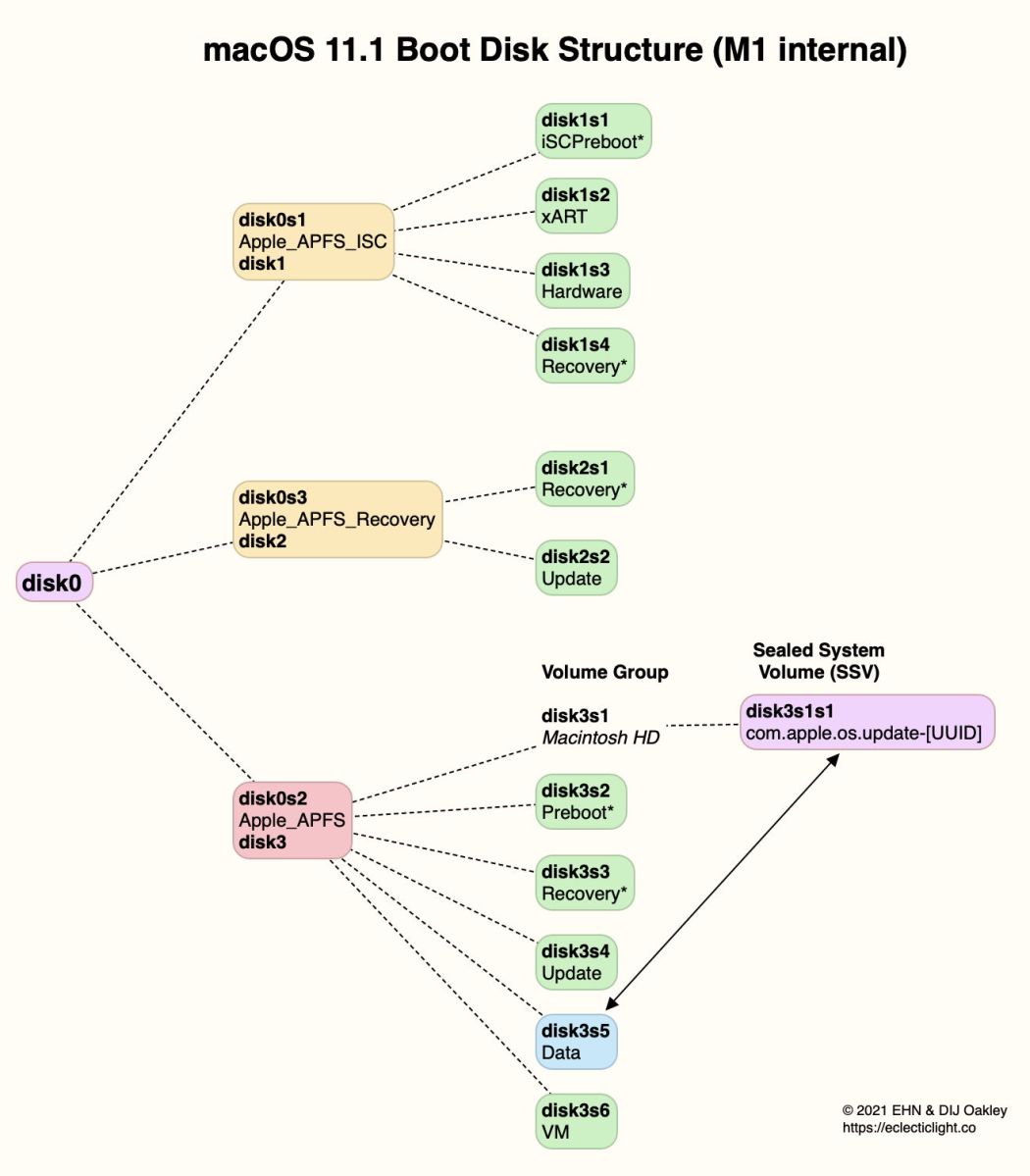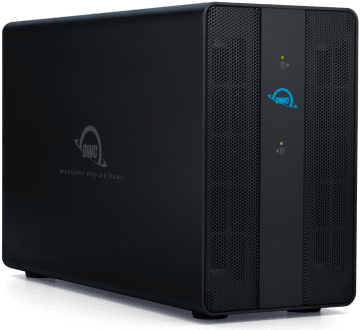Clearly you are right. But if the same number of read/writes are done on an M1 with a 256GB SSD, the wear per "cell" would potentially be 8 times as high. Combine that with 8GB of RAM instead of 16, and it increases by an unknown exponent.
If we go back to the "old days", like about a year ago, computers that were confronted with more work than they were designed for would become slow, then overheat and slow down more, which would make the user give up the project or get a faster computer. Not so with the M1. Users won't experience any limitations, since the computer will just use the SSD when there's not enough RAM, and the speed will make the operation transparent to the user.
Again, we don't know if or when this will develop into a problem. Hopefully it won't.
Thanks Jorgen. I don’t mean to belittle the issue.
Some use cases seem to have created tremendous problems, especially for the low end of memory and SSD capacity configurations, such as 8GB/256GB or even 8GB/512GB M1s. In these situations additionally letting the computers go to sleep seems to have exacerbated the problem. I am also not convinced that in this regard Apple’s macOS Big Sur is free of programming bugs. I hope that Apple addresses the issue and deals with it. I certainly would expect if such an M1 computer dies within the warranty period Apple replaces it free of charge or reimburses the cost. I think the real problem is with those M1 computers that die soon after the warranty or Apple Care + period Is over.
Based on my long experience with computers of any kind and my use cases as well as available funds to me, I never would buy a minimal computer configuration but try to maximize memory and data storage, especially if they can’t be upgraded later. This has served me well and allowed me to enjoy their use beyond their designed in or expected life time. Typically commercial or high end computers become operationally uneconomical or obsolete after 3 to 5 years as long as Moore’s law is still in effect that predicts doubling of transistor count in chips every 18 months.
So I still enjoy using my late 2013 “trashcan” Mac Pro 64GB/1TB (maximal 1TB SSD was offered at the time) that has 8 CPU cores, 4 USB-A, and 6 TB2 ports. It’s still going strong once I cleaned out all dust and crude from the ventilation to prevent overheating. I decided to get a maxed out M1 Mac mini for several reasons, namely:
* the Mac Pro could die at anytime and leave me without access to my 15 year old obsolete Firmtek RAID enclosures that hold all my images and backups.
* I wanted faster TB3 data transfers than what the TB2 of my older Mac Pro could deliver.
* Having been aware of ARM pretty much since it beginning, I wanted to experience an M1 Apple Silicon computer in actual daily use.
So far my M1 Mac mini has worked out particularly well for me. It’s very responsive, including data access to new OWC TB3 RAID enclosures that support 6G SATA drives like the new 18TB Seagate IronWolfe NAS hard drives. My old enclosures could handle only 1.5G and 3G. I also can use fast TB3 SSDs that nearly match the speed of the internal Apple SSD and most importantly can function as boot drives of the M1 computer. Have been there, done it reliably, and got the T-shirt. BTW that could be particularly important for minimal configuration M1 users that try to avoid wearing out the internal Apple SSD and instead would wear out an external cheaper replaceable TB3 SSD.

Furthermore the M1 with its Rosetta2 emulation gives me all the functionality I need, including non-native Capture One Pro and the old Nik app.
Of course, the fairly new design of the M1 also has its quirks. So far I have experienced the following non-deal breakers, namely:
* I have to shut down the M1 twice in a row, without logging in the second time it boots up.
* in order to be able to wake up my external LG monitor it has to be connected through both an TB3 and HDMI cable. So if the currently in effect connection doesn’t wake up the monitor, I can use its built in hardware controls to switch to the other cable. That’s the trick that so far has always worked.
* The M1 occasionally crashes, shuts down, and automatically restarts when YouTube videos have run in Safari for several hours. I didn’t observe this feature before. It seems to have been introduced with Big Sur 11.2 or 11.2.2.
Obviously there are some bugs, I believe, in macOS Big Sur that Apple needs to fix and hopefully pretty soon, including the TBW issue briefly discussed above. Maybe the sleep issue I experienced is related to the other.
Overall, the M1 has greatly enhanced my computer setup, is very enjoyable and productive to use, and should work for many years to come. Of course, I also have the option in the future to add a more powerful Apple Silicon computer when available. But I am set for now and in no hurry to make any changes aside from OS and apps updates or upgrades.


 forums.macrumors.com
it looks like letting the M1 computer sleep worsens the problem Significantly.
forums.macrumors.com
it looks like letting the M1 computer sleep worsens the problem Significantly.

